Text
Steampunk science and innovation in real world
Steampunk is often thought of as an aesthetic with a retrofuturistic visual appeal. Imagine huge locomotives and airships that have turning wheels, rotating gears, and expanding sails with whirring and buzzing sounds from electromagnetic instruments. You can also imagine people dressed in a Victorian fashion with long hats, coats, and other accessories like a cane that is a concealed weapon or goggles with multiple oculars. This fashion and machinery is a mix of fantasy and science fiction from the Victorian era. It describes a past that never existed and a future that will probably never exist. It has the suave of James Bond and the savvy of Sherlock Holmes and it is described as fiction and not fact. But what if it isn’t?
If we dive deep into history, we can find various examples where steampunk has a place in scientific progress and medicine. Steampunk is a result of disillusionment with the technology we have today. This technology is not very unique and most of the devices and instruments we use are manufactured in an assembly line for example phones and computers. However, this was not the case with Victorian technology. There was usually no assembly line and each instrument or device created during this time was unique to its maker. These instruments or devices usually had an element to them that could be changed or adapted based on the circumstances. For example, there were various doctors and surgeons who created their own designs of medical instruments based on their preferences. As time progressed, these innovations and ideas have led to the best designs we have today.
Contents
Steampunk innovations in medicine
How steampunk inspires innovation

Mother Machine
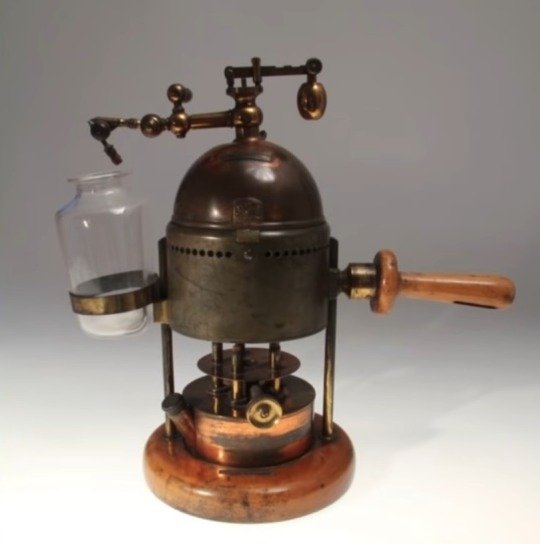
Carbolic Acid Sprayer
3 notes
·
View notes
Photo
Check out this amazing piece of art.


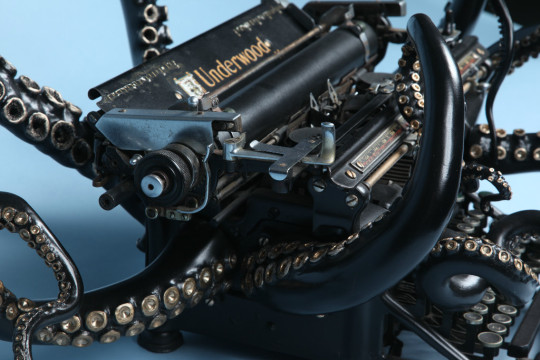

“Self Organization”, aka, The octopus sculpture Bronze, 3'x3’, found typewriter by Oakland artist Courtney Brown
(via Colossal)
36K notes
·
View notes
Text
How to draw Simple Steampunk Machines
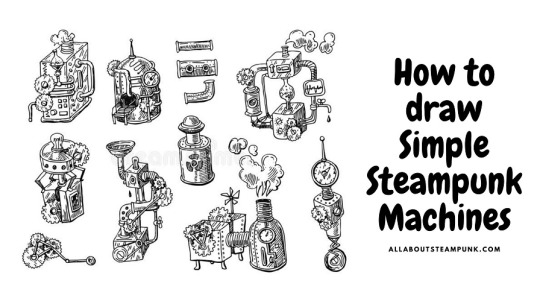
The origins of steampunk come from early renderings of what the people from the industrial era imagined the future would be like. This style is basically a combination of the aesthetics of the industrial revolution with a futuristic, fantasy, or alternate history vibe. Before drawing a piece of steampunk art, it is important to understand the different motifs that are associated with this genre. Blimps, hot air balloons, masks, goggles, pipes, old-fashioned gauges, gears, clocks with gears, steampunk characters, and all kinds of industrial era machinery are hot subject matter when it comes to steampunk art.
Steampunk machines incorporate many elements such as pipes, gears, gauges, pressure reading meters, turbines, metallic joints, steam chambers, and any other equipment used during the industrial era.
Here are some really cool two-dimensional drawings of simple steampunk machines.

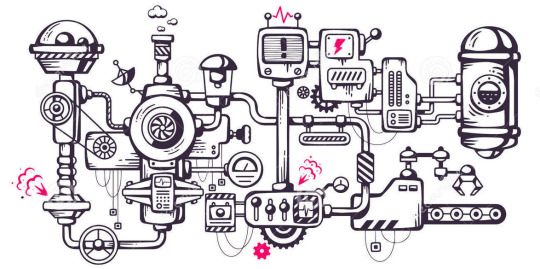
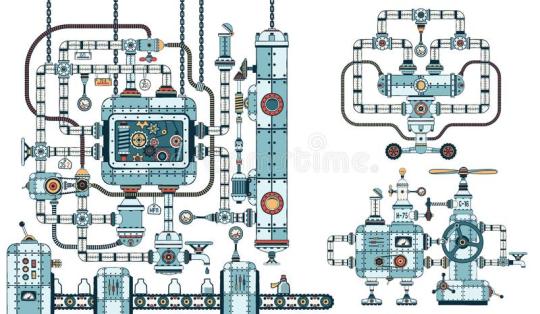
Contents
Step by step process to draw a Steampunk machine
How to draw gears
How to draw gauges
How to draw industrial pipes
0 notes
Photo
A really cool artwork and design with such great attention to detail. Really awesome.
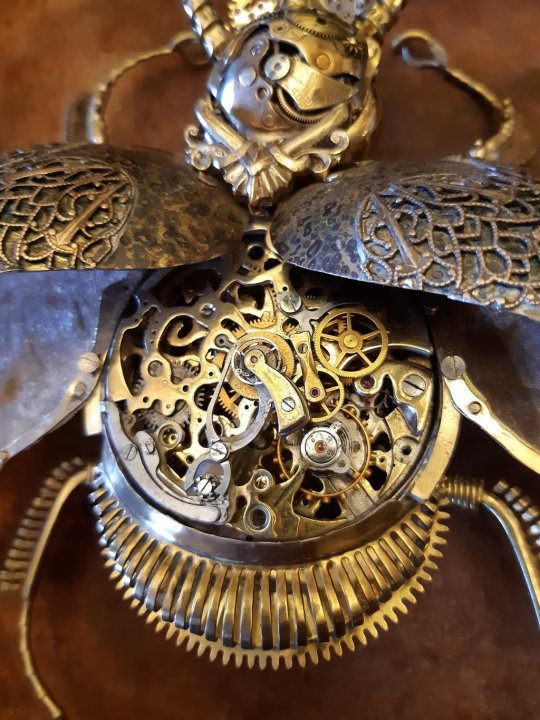


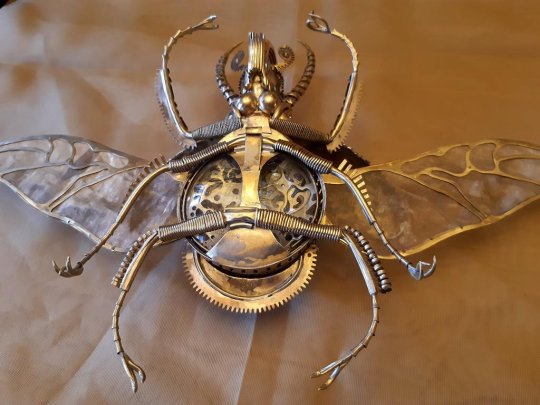
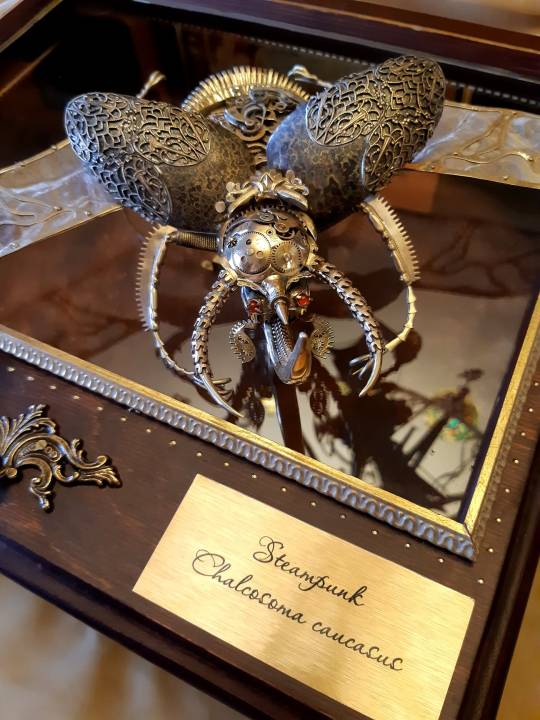
Steampunk Beetle by Aleksandr Mushkin
2K notes
·
View notes
Text
What is Steampunk?
Steampunk is a subgenre of science fiction that incorporates retrofuturistic technologies and aesthetic designs inspired by the 19th century industrial machinery which was powered by steam. The term steampunk was coined by science fiction author K.W. Jeter, who was trying to find a general term for the works of Tim Powers, James Blaylock and himself, all of which took place in the 19th century Victorian era setting.
The features of Steampunk most recognizably include chronologically inconsistent technologies leading to retro yet futuristic inventions. These inventions are based on how people in the 19th century might have envisioned these technologies. The roots of steampunk originate from this era’s perspective of fashion, culture, architectural style and art.
Some earliest examples of steampunk include presentation of technologies such as steam cannons, lighter-than-air airships, analog computers, digital mechanical computers etc. in an alternative speculative history style. Over time, steampunk has evolved from its literary meaning and has found its way into artistic styles, clothing fashions, entertainment industry, music and other sub-cultures.
Most of the work related to steampunk originated from ideas of steampunk and Victorian era fiction. Now, however, the world of steampunk includes a broader range of settings like fantasy worlds, American west and even post-apocalyptic worlds. This incorporation of additional elements from the genres of fantasy and different fictional historical settings makes it a versatile and hybrid genre.
2 notes
·
View notes